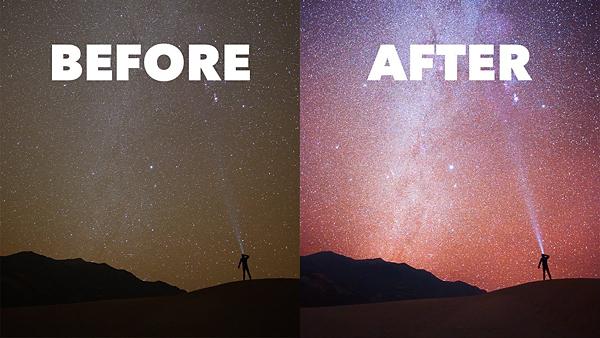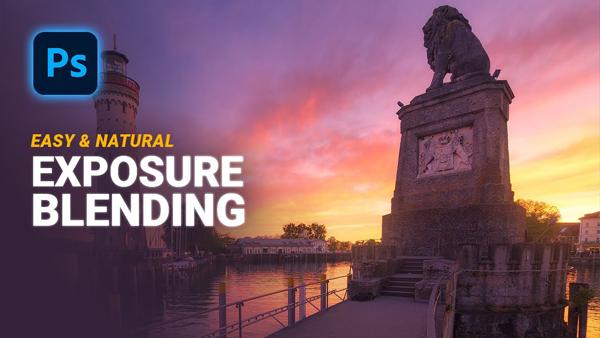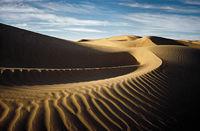Outdoor Photography How To
Sort By: Post DateTitle Publish Date
|
Jan 27, 2021
|
Jun 01, 2021
|
Mar 30, 2017
|
Jul 01, 2000
|
Aug 01, 2002
|
Jan 01, 2004
|
Feb 01, 2003
|
May 01, 2004
|
Mar 01, 2003
|
May 01, 2003
















